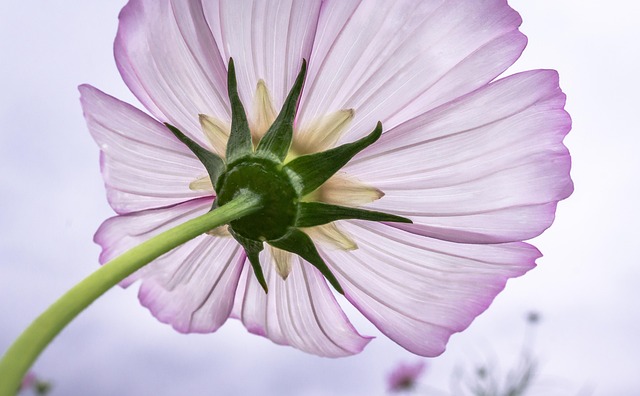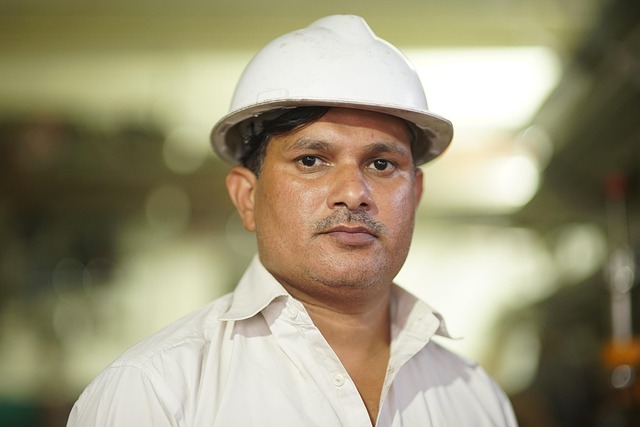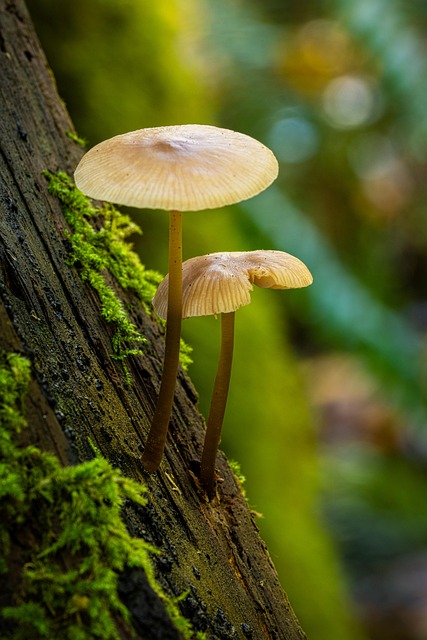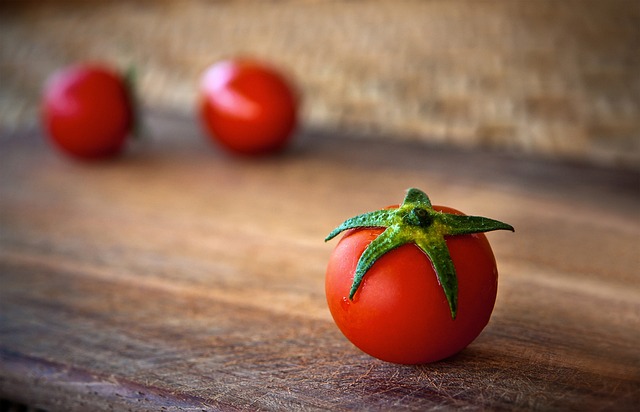Optimizing stem cell culture media formulation is key to advancing regenerative medicine, reducing costs, and improving efficiency. By balancing nutrients, growth factors, and buffering agents, scientists create animal-component-free media that supports in vitro stem cell expansion and scales up production. This approach minimizes the use of expensive fetal bovine serum while maintaining cellular viability, bridging lab research with clinical translation. Recent advancements include plant-based or synthetic alternatives, streamlined nutrient use, and bioreactor design innovations, collectively fostering a more sustainable and affordable stem cell culture process.
Discover the power of cost-effective cell cultivation, a game-changing approach revolutionizing bioscience. This article explores strategies to optimize stem cell culture media formulation, significantly reducing research and production costs without compromising quality. From understanding media composition to real-world case studies, learn how these techniques are driving advancements in stem cell research. Uncover the secrets to efficient stem cell culture media preparation, enabling you to stay ahead in this dynamic field.
- Understanding Cost-Effective Stem Cell Culture Media Formulation
- Strategies to Optimize Media Composition and Reduce Costs
- Case Studies: Successful Implementation of Cost-Effective Cell Cultivation Techniques
Understanding Cost-Effective Stem Cell Culture Media Formulation

Understanding Cost-Effective Stem Cell Culture Media Formulation is a cornerstone of modern regenerative medicine research and development. By carefully balancing essential nutrients, growth factors, and buffering agents, scientists can create media that not only supports the stem cell expansion in vitro but also minimizes costs. This approach is particularly crucial for scaling up production to meet the demands of clinical applications, ensuring accessibility and affordability without compromising quality or efficacy.
Optimizing stem cell culture conditions involves selecting suitable animal-component-free stem cell culture protocols, which not only adhere to strict regulatory standards but also eliminate potential contamination risks. Additionally, exploring serum replacement options in stem cell culture can significantly reduce expenses associated with fetal bovine serum (FBS) while maintaining cellular viability and differentiation capabilities. This strategic formulation of cost-effective media is a game-changer, enabling efficient stem cell culture practices that bridge the gap between laboratory research and clinical translation.
Strategies to Optimize Media Composition and Reduce Costs

Optimizing media composition is a key strategy to enhance cost-effectiveness in cell cultivation, particularly for stem cell culture media. By carefully tailoring the ingredients and concentrations, researchers can achieve robust stem cell expansion in vitro while minimizing expenses. This involves exploring alternatives to traditional animal-component-free stem cell culture protocols, such as incorporating plant-based or synthetic substitutes, which not only reduce costs but also provide consistent quality control.
Furthermore, optimizing media formulations can significantly impact overall production costs for stem cell therapy media. Strategies include streamlining the use of essential nutrients, minimizing supplementation, and leveraging advancements in bioreactor design to efficiently utilize media components. These considerations collectively contribute to a more sustainable and affordable approach in stem cell research and therapeutic development.
Case Studies: Successful Implementation of Cost-Effective Cell Cultivation Techniques

In recent years, several case studies have demonstrated the successful implementation of cost-effective cell cultivation techniques, particularly in the realm of stem cell research. For instance, a study conducted by researchers at a leading biotechnology firm showcased how the optimization of stem cell culture media components led to a significant reduction in production costs without compromising cellular viability and functionality. By employing chemically defined stem cell growth factors, the team achieved a more efficient mesenchymal stem cell harvest, resulting in higher yields and lower expenses per cell.
Another notable example involves a small-scale laboratory that successfully adopted cost-saving strategies for maintaining long-term stem cell cultures. They implemented innovative methods to recycle and reuse defined stem cell media components, minimizing waste and maximizing resource efficiency. These efforts not only lowered operational costs but also ensured the consistent quality of their cellular products, making them competitive in the market while adhering to stringent laboratory standards.
Cost-effective stem cell culture media formulation and optimization strategies are pivotal in advancing cell cultivation techniques. By understanding the key components and implementing innovative approaches, researchers and industries can significantly reduce costs without compromising cellular viability. Case studies demonstrate that these strategies have led to successful applications across various fields, paving the way for more accessible and sustainable stem cell research and therapeutics.













